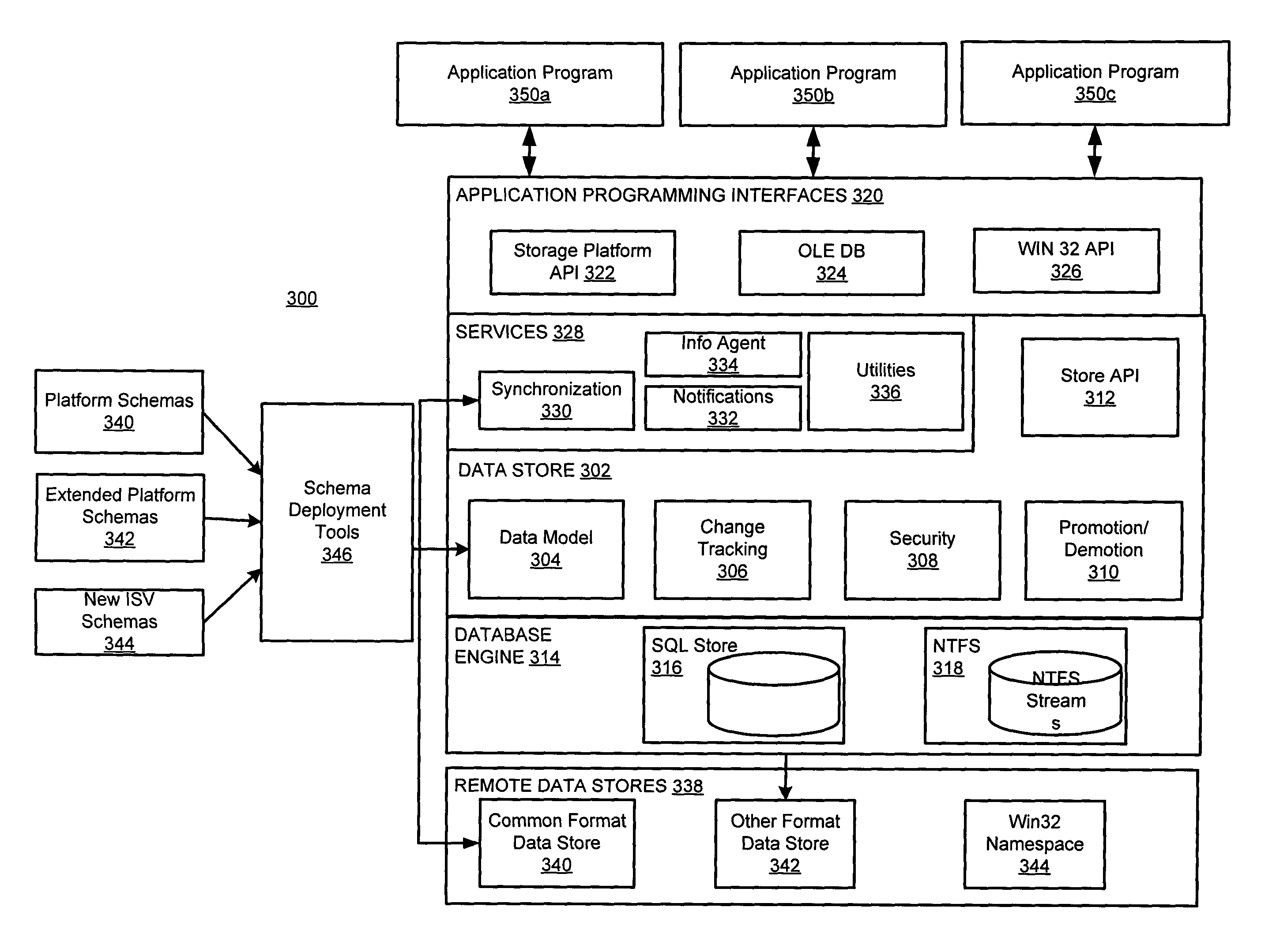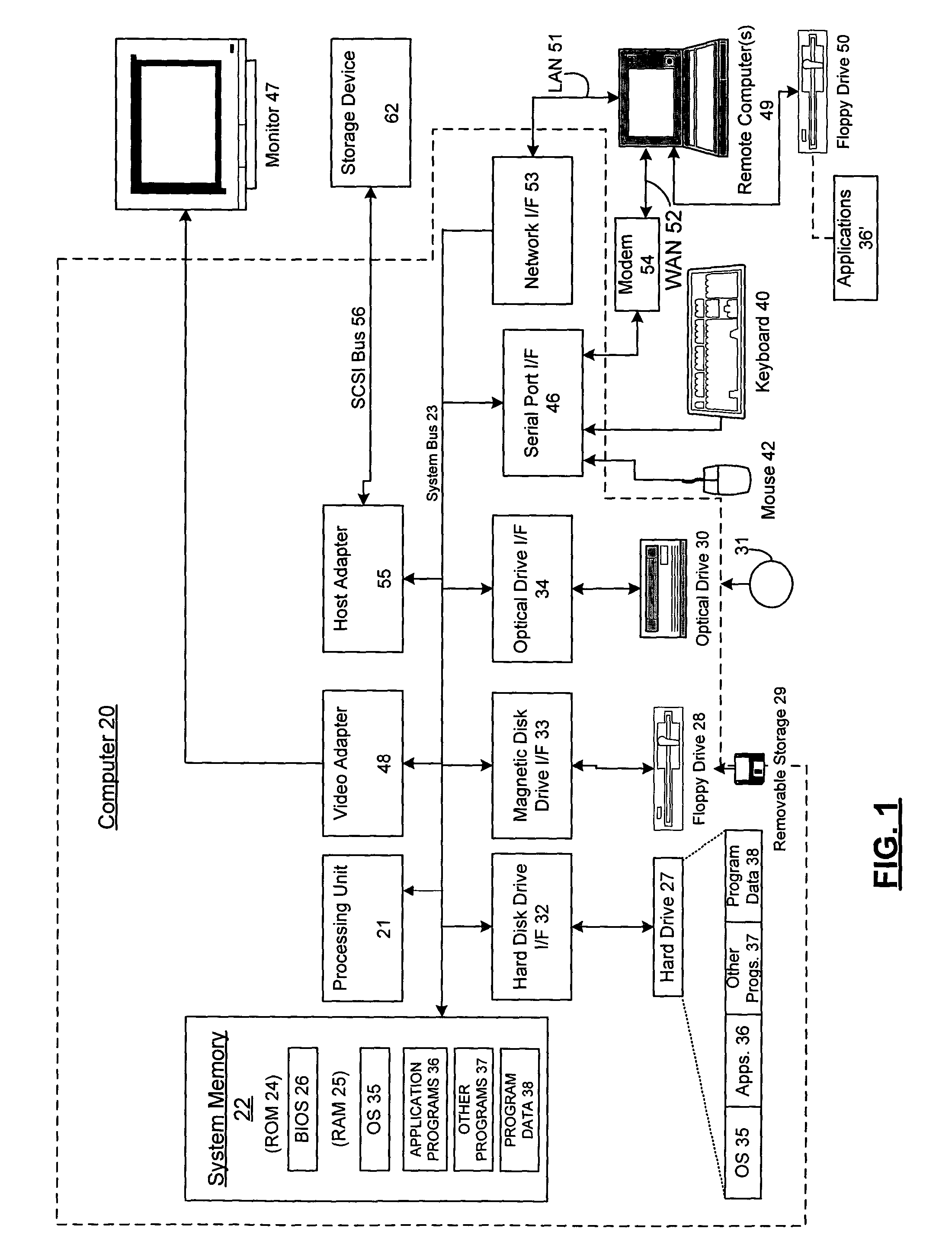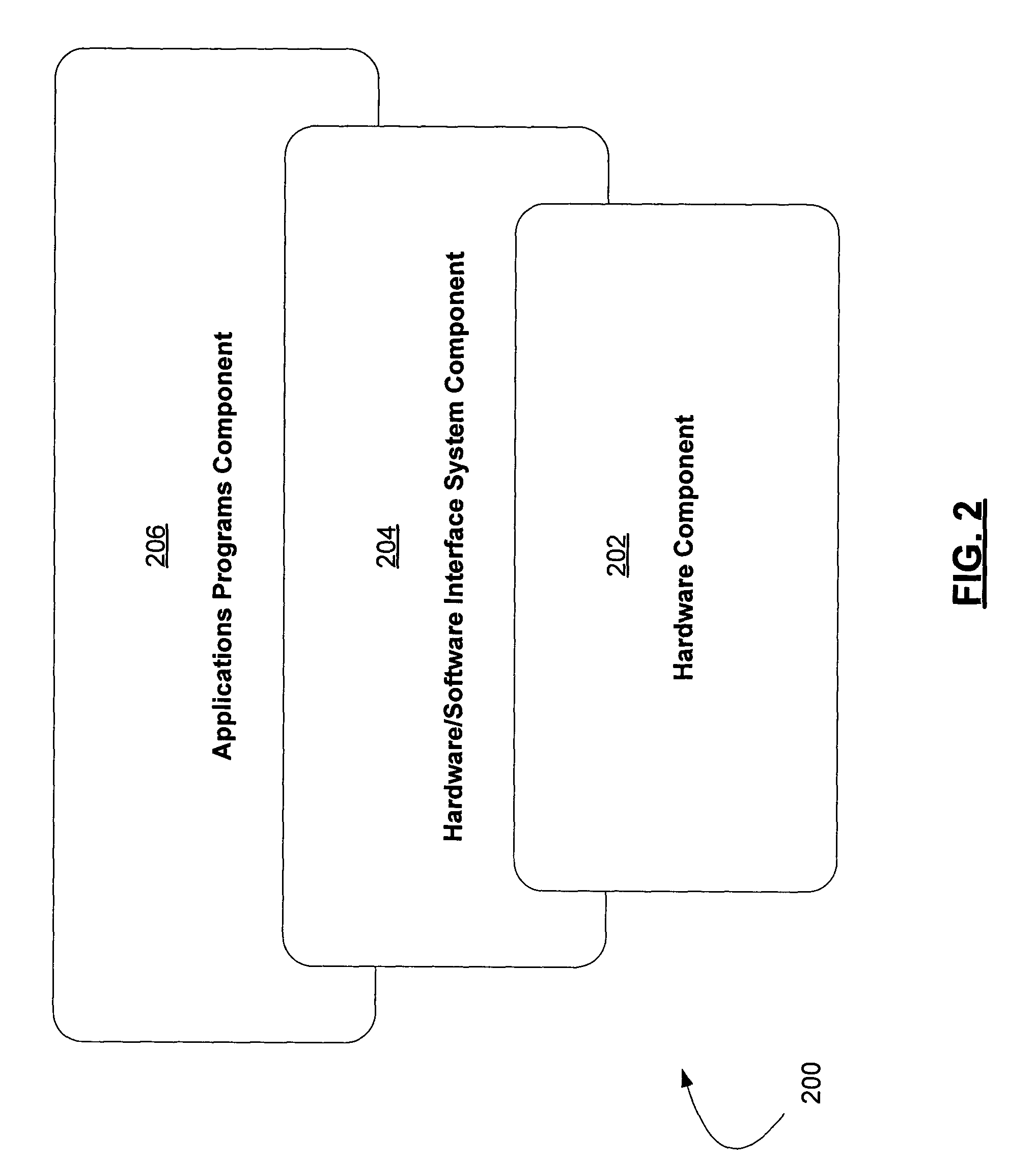The amount of digital content, and the ability to store the raw bytes, has increased tremendously; however the methods available to consumers for organizing and unifying this data has not kept pace.
Developers and information technology (IT) departments invest significant amounts of time and money in building their own data stores for common storage abstractions to represent such things as people, places, times, and events.
Not only does this result in duplicated work, but it also creates islands of common data with no mechanisms for common searching or sharing of that data.
Indeed, many users have multiple devices and logically should synchronize their personal data amongst themselves and across a wide variety of additional sources, including cell phones to commercial services such as MSN and AOL; nevertheless, collaboration of shared documents is largely achieved by attaching documents to e-mail messages—that is, manually and inefficiently.
This file system was entirely unconcerned with the file format of any individual file, and the relationships amongst and between files was deemed irrelevant at the operating system level (that is, other than the location of the file within the hierarchy).
Consequently, users (applications and / or end-users) have no choice but to force units of information into a file system structure even when doing so is inefficient, inconsistent, or otherwise undesirable.
Moreover, existing file systems know little about the structure of data stored in individual files and, because of this, most of the information remains locked up in files that may only be accessed (and comprehensible) to the applications that wrote them.
Consequently, this lack of schematic description of information, and mechanisms for managing information, leads to the creation of silos of data with little data sharing among the individual silos.
For example, many personal computer (PC) users have more than five distinct stores that contain information about the people they interact with on some level—for example, Outlook Contacts, online account addressees, Windows Address Book, Quicken Payees, and instant messaging (IM) buddy lists—because organizing files presents a significant challenge to these PC users.
In such situations, it would be very useful to have multiple classifications of a single file; however, using hard or soft links in existing file systems is cumbersome and difficult to maintain.
Several unsuccessful attempts to address the shortcomings of file systems have been made in the past.
However, these efforts have proven unsuccessful because, while content addressable memory has proven useful for small-scale use by devices such as caches and memory management units, large-scale use for devices such as physical storage media has not yet been possible for a variety of reasons, and thus such a solution simply does not exist.
Other attempts using object-oriented database (OODB) systems have been made, but these attempts, while featuring strong database characteristics and good non-file representations, were not effective in handling file representations and could not replicate the speed, efficiency, and simplicity of the file and folder based hierarchical structure at the hardware / software interface system level.
Other efforts, such as those that attempted to use SmallTalk (and other derivatives), proved to be quite effective at handling file and non-file representations but lacked database features necessary to efficiently organize and utilize the relationships that exist between the various data files, and thus the overall efficiency of such systems was unacceptable.
Yet other attempts to use BeOS (and other such operating systems research) proved to be inadequate at handling non-file representations—the same core shortcoming of traditional file systems—despite being able to adequately represent files while providing some necessary database features.
While there are a number of readily apparent reasons for this—such as being platform or database agnostic—one key reason that often goes unnoticed is that the database does not necessarily provide the exact abstractions that a major business application vendor really needs.
While this may work fine if each item gets mapped to a single row in some table in the database, in the case of an order with multiple line items there may be reasons why an item actually gets mapped to multiple tables and, when that is the case, the simple relational database system does not quite provide the right abstractions.
In other words, the basic relational model does not provide a sufficient platform for storage of data on which higher-level applications can easily be developed because the basic relational model requires a level of indirection between the application and the storage system--where the semantic structure of the data might only be visible in the application in certain instances.
While some database vendors are building higher-level functionality into their products--such as providing object relational capabilities, new organizational models, and the like--none have yet to provide the kind of comprehensive solution needed, where a truly comprehensive solution is one which provides both useful data model abstractions (such as “Items,”“Extensions,”“Relationships,” and so on) for useful domain abstractions (such as “Persons,”“Locations,”“Events,” etc.).
 Login to View More
Login to View More  Login to View More
Login to View More 


